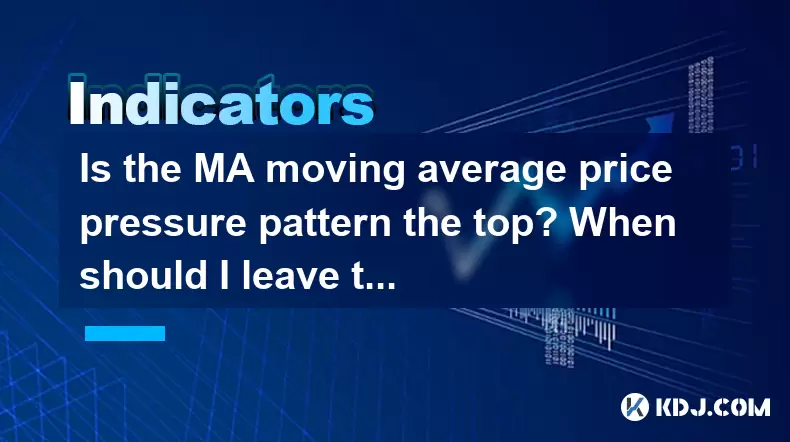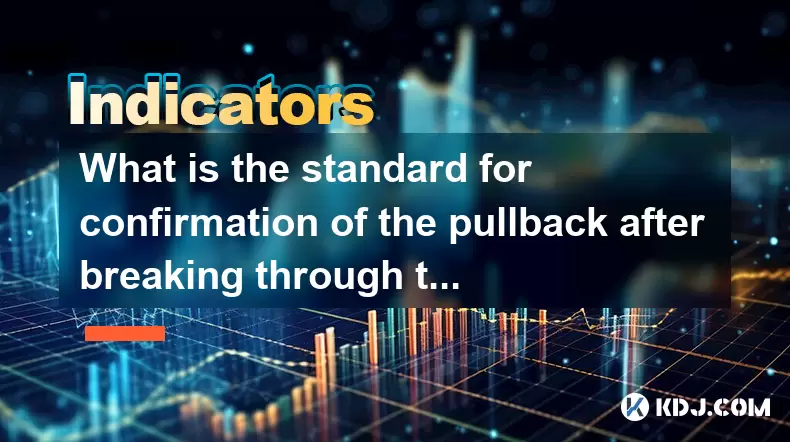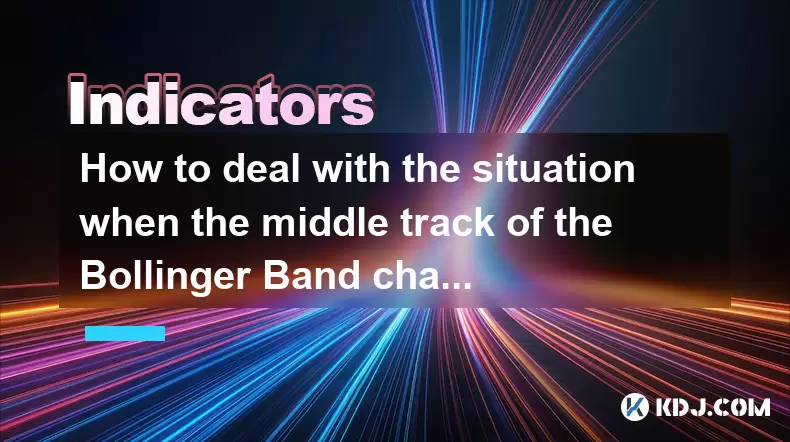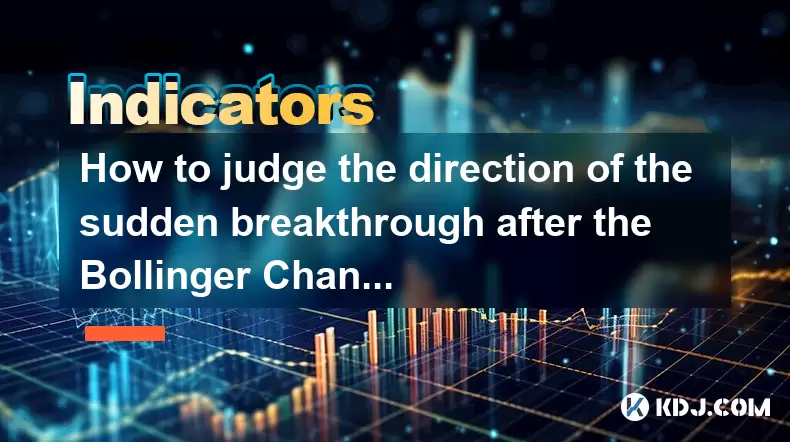-
 Bitcoin
Bitcoin $101,898.5005
-0.75% -
 Ethereum
Ethereum $2,258.1125
-1.07% -
 Tether USDt
Tether USDt $1.0004
0.01% -
 XRP
XRP $2.0178
-2.93% -
 BNB
BNB $624.0243
-1.53% -
 Solana
Solana $134.3298
-0.90% -
 USDC
USDC $0.9999
0.01% -
 TRON
TRON $0.2675
-2.05% -
 Dogecoin
Dogecoin $0.1538
-1.96% -
 Cardano
Cardano $0.5482
-1.11% -
 Hyperliquid
Hyperliquid $35.5636
5.45% -
 Bitcoin Cash
Bitcoin Cash $453.4902
-1.66% -
 Sui
Sui $2.5134
-2.97% -
 UNUS SED LEO
UNUS SED LEO $9.1292
1.77% -
 Chainlink
Chainlink $11.8457
-1.60% -
 Stellar
Stellar $0.2312
-2.73% -
 Avalanche
Avalanche $16.9721
0.29% -
 Toncoin
Toncoin $2.7549
-3.82% -
 Shiba Inu
Shiba Inu $0.0...01081
-1.10% -
 Litecoin
Litecoin $80.8250
-0.71% -
 Hedera
Hedera $0.1374
0.21% -
 Monero
Monero $305.4827
-2.36% -
 Ethena USDe
Ethena USDe $1.0006
0.00% -
 Dai
Dai $1.0000
-0.01% -
 Polkadot
Polkadot $3.2085
-3.12% -
 Bitget Token
Bitget Token $4.0845
-3.13% -
 Uniswap
Uniswap $6.3353
-1.63% -
 Pi
Pi $0.5085
-0.70% -
 Pepe
Pepe $0.0...08913
-3.82% -
 Aave
Aave $232.7090
-0.58%
Is the MA moving average price pressure pattern the top? When should I leave the market?
The MA Moving Average Price Pressure Pattern uses three moving averages to signal market tops; exit when the medium-term crosses below the long-term average.
May 23, 2025 at 07:14 am

Understanding the MA Moving Average Price Pressure Pattern
The MA Moving Average Price Pressure Pattern is a technical analysis tool used by traders to identify potential trend reversals and market tops. This pattern involves using multiple moving averages to gauge the momentum and strength of a price movement. By understanding how these moving averages interact with the price, traders can make informed decisions about when to exit the market.
Components of the MA Moving Average Price Pressure Pattern
The MA Moving Average Price Pressure Pattern typically involves the use of three moving averages: a short-term, a medium-term, and a long-term moving average. The most common periods used are the 10-day, 20-day, and 50-day moving averages, though these can be adjusted based on the trader's strategy and the asset's volatility.
- Short-term moving average (10-day): This moving average is sensitive to recent price changes and helps traders identify short-term trends.
- Medium-term moving average (20-day): This moving average provides a balance between short-term fluctuations and longer-term trends, offering a more stable signal.
- Long-term moving average (50-day): This moving average is less sensitive to short-term price movements and helps traders identify longer-term trends.
Identifying the Top with the MA Moving Average Price Pressure Pattern
To identify a potential top using the MA Moving Average Price Pressure Pattern, traders should look for specific interactions between the price and the moving averages. Here's how to do it:
- Price crossing below the short-term moving average: This indicates that the short-term bullish momentum is waning.
- Short-term moving average crossing below the medium-term moving average: This crossover suggests that the short-term trend is losing strength against the medium-term trend.
- Medium-term moving average crossing below the long-term moving average: This is a strong signal that the bullish trend is weakening, and a potential top may be forming.
When these three conditions occur in sequence, it is a strong indication that the market may have reached a top, and it might be time to consider exiting the position.
When to Leave the Market
Deciding when to leave the market is crucial for preserving profits and minimizing losses. Here are some detailed steps to follow when using the MA Moving Average Price Pressure Pattern to determine the right time to exit:
- Monitor the moving averages closely: Keep an eye on the interactions between the price and the moving averages. As soon as the price crosses below the short-term moving average, start preparing for a potential exit.
- Confirm the crossover signals: Wait for the short-term moving average to cross below the medium-term moving average. This confirmation adds weight to the potential top signal.
- Watch for the final signal: The most critical signal is when the medium-term moving average crosses below the long-term moving average. This crossover is a strong indication that the bullish trend is over, and it's time to exit the market.
- Set stop-loss orders: To manage risk effectively, set stop-loss orders slightly below the recent lows or at a predetermined percentage of your entry price. This ensures that you exit the market even if you're not actively monitoring it.
- Consider additional indicators: While the MA Moving Average Price Pressure Pattern is powerful, combining it with other indicators like the Relative Strength Index (RSI) or the Moving Average Convergence Divergence (MACD) can provide further confirmation of a market top.
Practical Example of Using the MA Moving Average Price Pressure Pattern
Let's walk through a practical example of how to use the MA Moving Average Price Pressure Pattern to identify a market top and decide when to leave the market:
- Step 1: Set up the chart: Open your trading platform and add the 10-day, 20-day, and 50-day moving averages to the chart of the cryptocurrency you are trading.
- Step 2: Monitor the price movement: Observe the price as it approaches and interacts with the moving averages. Note any instances where the price crosses below the 10-day moving average.
- Step 3: Identify the first crossover: Wait for the 10-day moving average to cross below the 20-day moving average. This is the first sign of weakening bullish momentum.
- Step 4: Confirm the second crossover: Monitor the chart for the 20-day moving average to cross below the 50-day moving average. This second crossover is a stronger signal of a potential top.
- Step 5: Prepare to exit: Once the second crossover occurs, prepare to exit your position. Set a stop-loss order slightly below the recent lows to protect your profits.
- Step 6: Execute the exit: If the price continues to decline and triggers your stop-loss order, you will automatically exit the market. If you are actively monitoring the market, you can manually close your position when the stop-loss level is reached.
Combining the MA Moving Average Price Pressure Pattern with Other Tools
While the MA Moving Average Price Pressure Pattern is effective on its own, combining it with other technical analysis tools can enhance its reliability. Here are some additional tools to consider:
- Relative Strength Index (RSI): The RSI measures the speed and change of price movements. An RSI reading above 70 indicates overbought conditions, which can support the signal of a market top.
- Moving Average Convergence Divergence (MACD): The MACD is a trend-following momentum indicator that shows the relationship between two moving averages of a security's price. A bearish crossover in the MACD can confirm the top signal from the MA Moving Average Price Pressure Pattern.
- Volume analysis: High trading volume during a price decline can confirm the strength of a bearish move, supporting the decision to exit the market.
FAQs
Q1: Can the MA Moving Average Price Pressure Pattern be used for short-term trading?
A1: Yes, the MA Moving Average Price Pressure Pattern can be adapted for short-term trading by using shorter moving average periods, such as the 5-day, 10-day, and 20-day moving averages. This allows traders to identify potential tops and exit points more quickly.
Q2: How reliable is the MA Moving Average Price Pressure Pattern in volatile markets?
A2: The reliability of the MA Moving Average Price Pressure Pattern can be affected by high market volatility. In such conditions, it's beneficial to use shorter moving average periods and combine the pattern with other indicators to increase its accuracy.
Q3: Can the MA Moving Average Price Pressure Pattern be used for other financial assets besides cryptocurrencies?
A3: Yes, the MA Moving Average Price Pressure Pattern is a versatile technical analysis tool that can be applied to various financial assets, including stocks, forex, and commodities. The key is to adjust the moving average periods to suit the asset's volatility and trading timeframe.
Q4: What should I do if the MA Moving Average Price Pressure Pattern signals a top, but the price continues to rise?
A4: If the price continues to rise after the MA Moving Average Price Pressure Pattern signals a top, it may be a false signal. In such cases, traders should reassess their positions and consider other technical indicators to confirm the trend. It's also important to have a flexible exit strategy and be prepared to adjust stop-loss orders as the market evolves.
Disclaimer:info@kdj.com
The information provided is not trading advice. kdj.com does not assume any responsibility for any investments made based on the information provided in this article. Cryptocurrencies are highly volatile and it is highly recommended that you invest with caution after thorough research!
If you believe that the content used on this website infringes your copyright, please contact us immediately (info@kdj.com) and we will delete it promptly.
- Cryptocurrencies, Coingecko, and Trending Tokens: What's Hot Now?
- 2025-06-23 23:05:12
- FUNToken: Decoding Past Trends and Getting Started in the Gaming Crypto Sphere
- 2025-06-23 22:25:12
- BTC Price Analysis: Navigating Volatility and the Quest for a New ATH
- 2025-06-23 22:25:12
- Genesis, Bitcoin Mining, and Air-Cooled Miners: A New Era?
- 2025-06-23 22:45:12
- Coinbase's Growth and Resilience: Navigating the Crypto Landscape
- 2025-06-23 22:45:12
- Bitcoin Options Market: Bullish Bets Amidst Geopolitical Jitters
- 2025-06-23 22:51:52
Related knowledge

Is it contradictory that the moving average system is arranged in a bullish pattern but the DMI shows a decline in trend strength?
Jun 23,2025 at 11:43pm
Understanding the Moving Average and DMI RelationshipIn cryptocurrency trading, technical analysis plays a crucial role in identifying potential trends and making informed decisions. Two of the most commonly used indicators are the Moving Average (MA) and the Directional Movement Index (DMI). While both tools aim to provide insight into market direction...

What is the significance of the gap formed by the gap opening not being filled within five days?
Jun 23,2025 at 09:42pm
Understanding Gaps in Cryptocurrency TradingIn the world of cryptocurrency trading, a gap refers to a situation where the price of an asset jumps from one level to another without any trading activity occurring between those two levels. This often happens over weekends or holidays when the market is closed, and significant news or events occur that impa...

What is the standard for confirmation of the pullback after breaking through the neckline with large volume?
Jun 23,2025 at 11:28pm
Understanding the Neckline in Technical AnalysisIn technical analysis, the neckline is a critical support or resistance level that appears in chart patterns such as head and shoulders, double tops, and double bottoms. It typically connects two or more lows (in the case of a head and shoulders top) or highs (in the case of a head and shoulders bottom). W...

How to deal with the situation when the middle track of the Bollinger Band changes from support to resistance?
Jun 23,2025 at 11:22pm
Understanding the Bollinger Band Middle TrackThe Bollinger Band is a widely used technical indicator in cryptocurrency trading. It consists of three lines: the upper band, the lower band, and the middle track, which is typically a 20-period simple moving average (SMA). Traders often rely on the middle track as a dynamic support or resistance level. Howe...

Does the second golden cross of MACD above the zero axis represent the continuation of strength?
Jun 23,2025 at 08:21pm
Understanding the MACD IndicatorThe Moving Average Convergence Divergence (MACD) is a widely used technical analysis tool in cryptocurrency trading. It consists of three main components: the MACD line, the signal line, and the histogram. The MACD line is calculated by subtracting the 26-period Exponential Moving Average (EMA) from the 12-period EMA. The...

How to judge the direction of the sudden breakthrough after the Bollinger Channel narrows to the extreme?
Jun 23,2025 at 11:00pm
Understanding the Bollinger Channel and Its Narrowing PatternThe Bollinger Channel is a widely used technical indicator in cryptocurrency trading, consisting of three bands: the middle band (a simple moving average), and two outer bands that represent standard deviations from the middle line. When the price consolidates for an extended period, the chann...

Is it contradictory that the moving average system is arranged in a bullish pattern but the DMI shows a decline in trend strength?
Jun 23,2025 at 11:43pm
Understanding the Moving Average and DMI RelationshipIn cryptocurrency trading, technical analysis plays a crucial role in identifying potential trends and making informed decisions. Two of the most commonly used indicators are the Moving Average (MA) and the Directional Movement Index (DMI). While both tools aim to provide insight into market direction...

What is the significance of the gap formed by the gap opening not being filled within five days?
Jun 23,2025 at 09:42pm
Understanding Gaps in Cryptocurrency TradingIn the world of cryptocurrency trading, a gap refers to a situation where the price of an asset jumps from one level to another without any trading activity occurring between those two levels. This often happens over weekends or holidays when the market is closed, and significant news or events occur that impa...

What is the standard for confirmation of the pullback after breaking through the neckline with large volume?
Jun 23,2025 at 11:28pm
Understanding the Neckline in Technical AnalysisIn technical analysis, the neckline is a critical support or resistance level that appears in chart patterns such as head and shoulders, double tops, and double bottoms. It typically connects two or more lows (in the case of a head and shoulders top) or highs (in the case of a head and shoulders bottom). W...

How to deal with the situation when the middle track of the Bollinger Band changes from support to resistance?
Jun 23,2025 at 11:22pm
Understanding the Bollinger Band Middle TrackThe Bollinger Band is a widely used technical indicator in cryptocurrency trading. It consists of three lines: the upper band, the lower band, and the middle track, which is typically a 20-period simple moving average (SMA). Traders often rely on the middle track as a dynamic support or resistance level. Howe...

Does the second golden cross of MACD above the zero axis represent the continuation of strength?
Jun 23,2025 at 08:21pm
Understanding the MACD IndicatorThe Moving Average Convergence Divergence (MACD) is a widely used technical analysis tool in cryptocurrency trading. It consists of three main components: the MACD line, the signal line, and the histogram. The MACD line is calculated by subtracting the 26-period Exponential Moving Average (EMA) from the 12-period EMA. The...

How to judge the direction of the sudden breakthrough after the Bollinger Channel narrows to the extreme?
Jun 23,2025 at 11:00pm
Understanding the Bollinger Channel and Its Narrowing PatternThe Bollinger Channel is a widely used technical indicator in cryptocurrency trading, consisting of three bands: the middle band (a simple moving average), and two outer bands that represent standard deviations from the middle line. When the price consolidates for an extended period, the chann...
See all articles
























































































